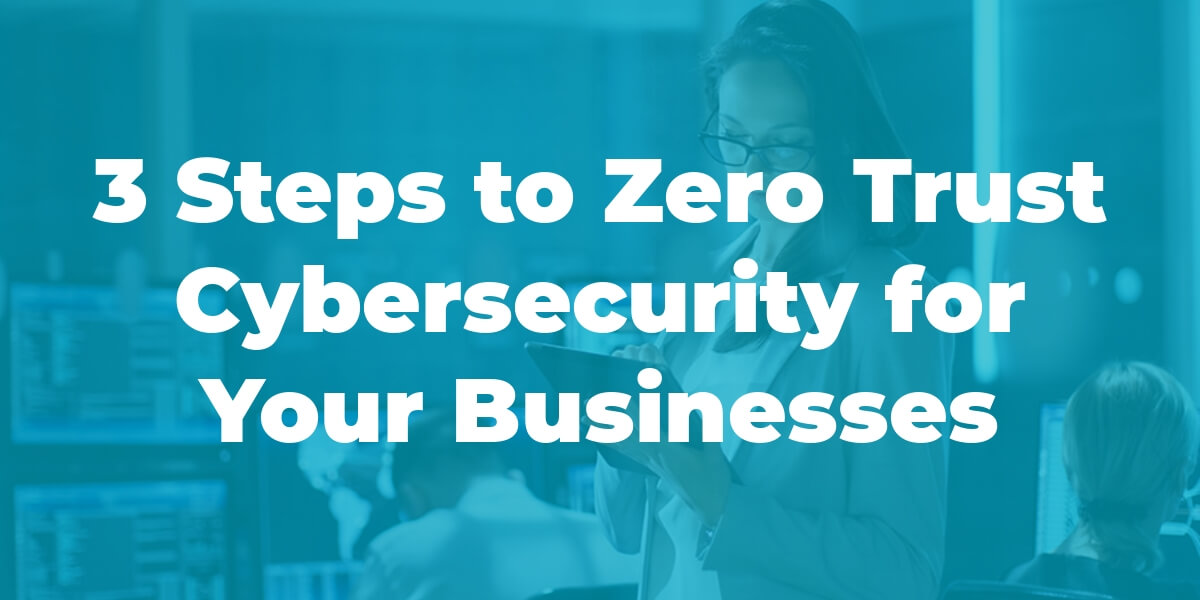The landscape of cyber threats has expanded and evolved dramatically. A seemingly minor gap in your network security could trigger a domino effect, potentially devastating for your business. This catastrophe can be avoided by adopting a robust cybersecurity approach, such as zero trust.
Zero trust operates on the principle that no user or application is to be trusted by default. It advocates for businesses to authenticate every access request, treating each user or application as a potential security risk. Zero trust is an excellent foundation for firms aiming to fortify their cybersecurity. It can accommodate the intricacies of today's work environments, including hybrid workplaces, while safeguarding people, devices, applications, and data, regardless of location.
However, it's crucial to understand that zero trust is not a product or a platform, despite how security vendors might present it. You cannot purchase from a vendor and install it with a mouse click. Zero trust is a strategy – a framework that needs to be deployed methodically.
Adopting Zero Trust: Three Essential Principles to Keep in Mind
As you embark on your journey to fortify your IT security with a zero-trust framework, bear in mind these three fundamental principles:
1. Verify Continually
Adopt a “trust no one, always verify” security stance by consistently validating the identities and access rights of users, devices, and applications. Implement robust identity and access management (IAM) controls, which can help you assign roles and access rights, ensuring that only authorized users can access pertinent information.
2. Restrict Access
Abuse of privileged access is one of the primary culprits behind cyberattacks. Restricting access ensures that users are granted minimal access that doesn't hamper their routine tasks. Here are a few security practices organizations have embraced to limit access:
Just-in-time access (JIT) - Access is granted to users, devices, or applications only for a specified duration, limiting their exposure time to crucial systems.
Principle of least privilege (PoLP) - Users, devices, or applications are granted only the bare minimum access or permissions needed to fulfill their role.
Segmented application access (SAA) - Users can only access authorized applications, hindering malicious users from infiltrating the network.
3. Assume Breach and Minimize Damage
Rather than waiting for a breach to occur, adopt a proactive approach towards cybersecurity by assuming it already has. This involves treating all applications, services, identities, and networks - both internal and external - as if they've already been compromised. This stance can enhance your response time in a breach, limit damage, improve overall security, and, most importantly, safeguard your business.
We Are at Your Service
Achieving zero trust compliance single-handedly can be a formidable task. However, you can lighten your load by partnering with an IT service provider like us. Take advantage of our cutting-edge technologies and expertise to incorporate zero trust into your business without hiring additional staff or investing in extra tools.
Don't forget to download our infographic “Why Now Is the Time to Embrace Zero Trust” offering practical steps to establish a robust zero-trust security framework. Reach out to us for a free no-obligation consultation.
